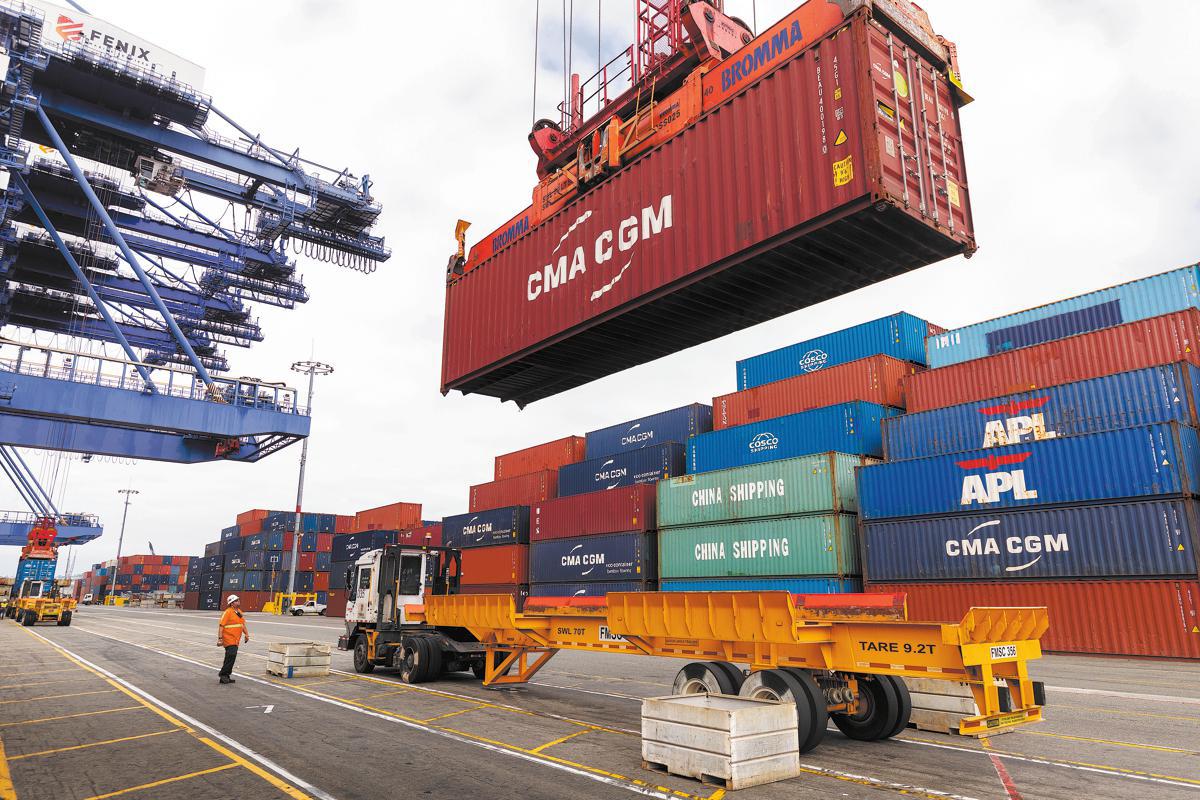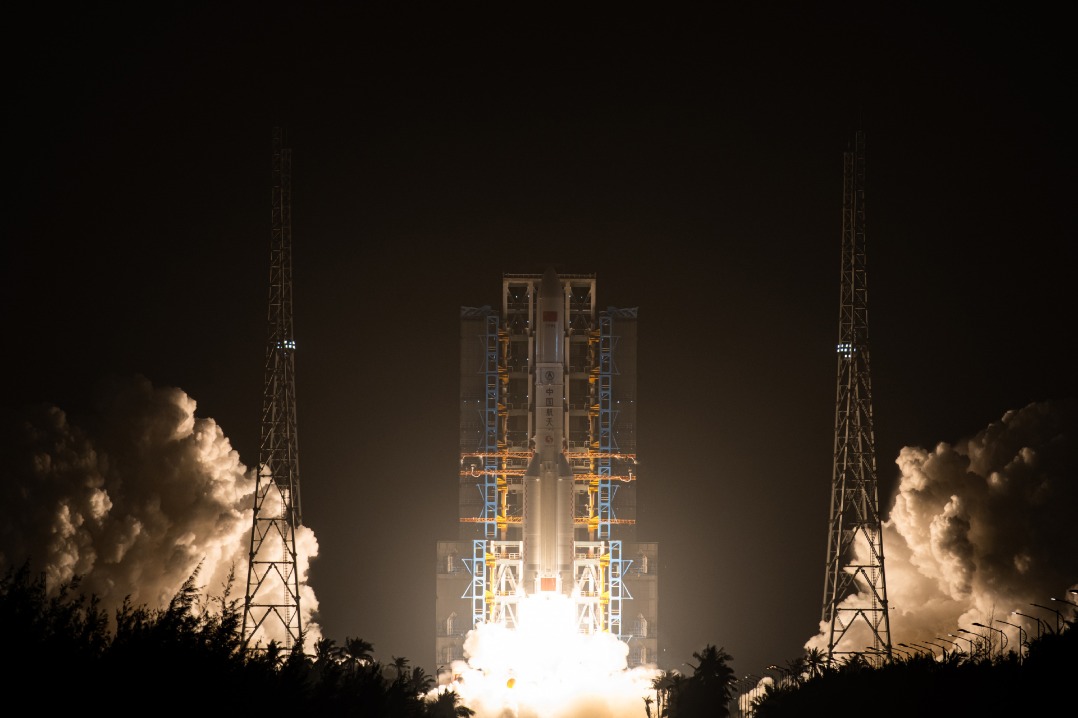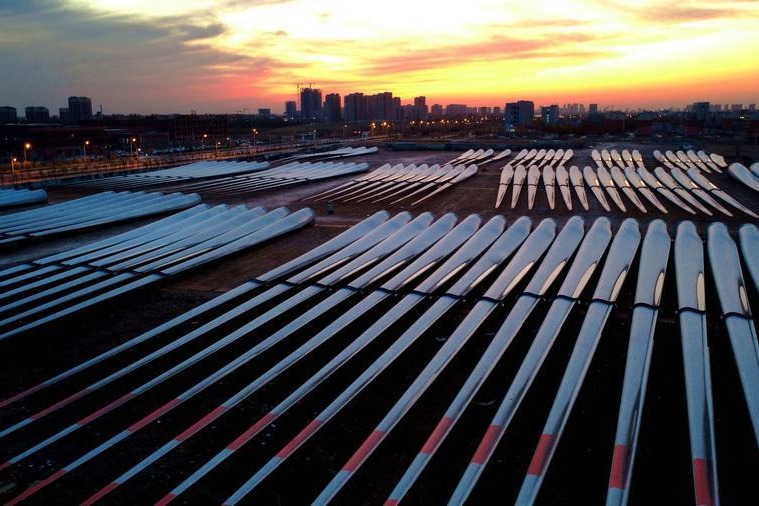Tariff-troubled US fears not-so-happy holidays
Rising prices of goods, produce dim prospects for Thanksgiving, Christmas


With Thanksgiving and Christmas just around the corner, many Americans facing rising prices are hoping the United States quickly resolves its tariff impasse with its closest trading partners, including China.
"Both the US and China do a lot of trade with each other and should continue to do a lot of trade with each other as the world's biggest superpowers," Kegan Bordeaux, 39, a concessions worker for Broadway theaters in New York City, said.
"I know that the US and China don't have the best relationship right now and haven't really in the past, but it does need to come to a resolution because it's getting expensive out here. I see prices going up. New York's already an expensive city to live in, but when you just want to buy a bag of rice, it's a lot. It's starting to go up more."
Gary C. Hufbauer, a nonresident senior fellow at the Peterson Institute of International Economics and an expert on international trade, said: "Through August 2025, US business firms have absorbed about 75 percent of the tariffs through compressed profit margins.
"Consumers have paid the other 25 percent in higher prices, particularly household items like clothing, footwear and furniture. This division of the burden is not sustainable. Within a few months, certainly by the spring of 2026, most of the burden will be shifted to consumers through higher prices."
A Goldman Sachs report released in October had similar findings. It estimated US consumers are footing at least 55 percent of the tariff costs with US businesses paying 22 percent and foreign exporters 18 percent. It predicted that US consumers would end up paying up to 70 percent of the levies by the end of 2026.
The tariff rates on foreign countries have varied widely this year and are constantly subject to change. As of November, a 10 percent baseline tariff existed for many countries.
India and Brazil face a 50 percent tariff, while the European Union's goods are subject to a 15 percent tariff.
President Xi Jinping and US President Donald Trump met in Busan, South Korea, in late October, their first face-to-face meeting since 2019.
During the talks, agreements were made on the tariff issue. Trump said the tariff on Chinese imports would be lowered from 57 percent to 47 percent.
























